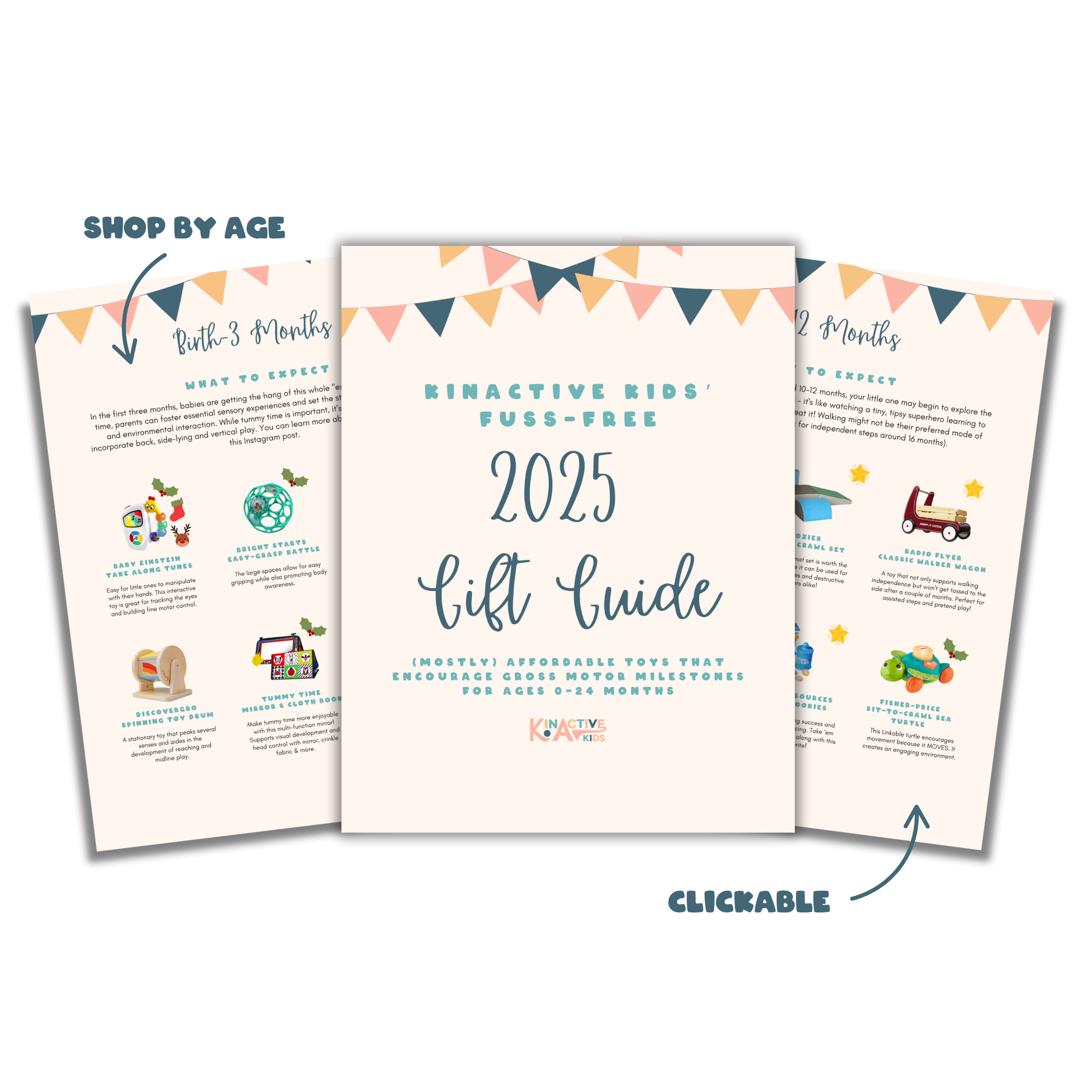Understanding Baby Body Language: What Your Little One is Trying to Tell You

As a pediatric chiropractor, I see how powerful baby body language is when expressing their needs. Since babies can’t use words yet, their movements, tension, and physical cues are how they communicate. Whether it’s latch struggles, reflux, or sleep discomfort, your baby is constantly giving you signs—it’s just a matter of knowing what to look for.
In this post, we’ll explore how baby body language reveals their needs and how gentle, holistic chiropractic care can help them feel more comfortable and at ease.

Baby Body Language During Nursing: What Latch Struggles Can Reveal
Nursing isn’t just about feeding—it’s also about bonding, comfort, and growth. But when something isn’t quite right, your baby’s body language will often clue you in. Latch issues are a common challenge, and they can show up in a variety of subtle (and sometimes not-so-subtle) ways.
Signs of latch discomfort:
- Pulling away or arching their back during feedings
- Crying or fussing at the breast or bottle
- Clenching their fists or appearing tense while nursing
- Clicking sounds during feeding (which can indicate a shallow latch)
These signs are your baby’s way of saying, “Hey, this doesn’t feel right.” Latch struggles can stem from tension in the neck, jaw, or spine, making it harder for babies to open wide and maintain a deep, comfortable latch.
At KinActive Kids, we use gentle chiropractic techniques to ease tension and restore proper movement. By helping your baby’s spine and neck move more freely, we often see improvements in latch comfort and feeding efficiency.
Reflux and Tummy Troubles: Cues That Signal Discomfort

Babies with reflux or digestive discomfort often express it through very clear body language. If your baby arches their back, stiffens their legs, or turns their head away during or after feedings, they may be trying to relieve the discomfort.
Body language signs of reflux:
- Arching the back or stiffening during or after feedings
- Fussiness or crying when laid flat
- Turning away from the breast or bottle mid-feed
- Spitting up frequently or with discomfort
Reflux can sometimes be linked to nervous system tension or misalignments in the spine, which may irritate the nerves that support digestion. Through gentle adjustments, chiropractic care can help reduce this irritation, supporting better digestion and easing reflux symptoms.
Sleep Struggles: What Your Baby’s Sleep Cues Are Telling You

Babies often “speak” through their sleep patterns as well. If your baby takes a long time to fall asleep, wakes frequently, or seems restless, their body language might be telling you that they’re uncomfortable.
Sleep cues to watch for:
- Squirming or thrashing while trying to fall asleep
- Frequent waking despite being fed and dry
- Arching or stiffening while sleeping
- Twitching or jerking movements that disturb sleep
These signs can sometimes indicate physical discomfort—whether it’s from digestive issues, tension, or musculoskeletal misalignments. Chiropractic care focuses on reducing tension, allowing your baby to settle more comfortably and sleep more soundly.
Body Language Signs Your Baby May Be Constipated
Digestive discomfort, including constipation, is another common issue babies communicate through body language. Since they can’t explain their discomfort with words, their physical cues are often the clearest indicator.
Body language signs of constipation:
- Grunting or straining during bowel movements
- Clenching their fists or scrunching their face in discomfort
- Pulling their knees toward their chest frequently
- Fussiness or crying when trying to pass stool
When babies experience constipation, it may be due to tension in their lower back, pelvis, or nervous system, which can slow down digestion. Gentle chiropractic care helps by reducing tension, supporting healthy nervous system function, and promoting regular bowel movements.
Other Baby Body Language Cues to Watch For
Beyond feeding and sleep, your baby is constantly expressing themselves through their body movements. Here are some additional cues that may indicate discomfort or developmental needs:
- Stiffness or rigidity: If your baby feels unusually stiff or their movements seem restricted, it could be a sign of tension in their muscles or spine.
- Favoring one side: Consistently turning their head to one side or having difficulty rotating it may indicate neck tension—or even torticollis—which can benefit from gentle chiropractic care.
- Clenched fists or scrunched shoulders: These can sometimes signal stress or discomfort, particularly if your baby remains tense for long periods.
- Avoiding tummy time: Babies who dislike tummy time may have tension in their neck or back, making it uncomfortable. Pediatric chiropractic support can help them move more freely, making tummy time easier and more enjoyable.
How Chiropractic and Physical Therapy Work Together
At KinActive Kids, we take a holistic approach to helping babies feel their best. While chiropractic care focuses on gently restoring alignment and reducing tension, pediatric physical therapy helps babies strengthen and coordinate their movements.
For example, if your baby frequently tilts their head to one side or has difficulty turning it, this could be their way of communicating neck tension or discomfort, possibly due to torticollis. Combining gentle spinal care with PT can be incredibly effective. Chiropractic adjustments help release tension and improve range of motion, while PT strengthens the surrounding muscles and promotes balanced movement. Together, they support your baby’s overall comfort and mobility.
Supporting Your Baby’s Comfort Through Baby Body Language Awareness
Your baby may not have words yet, but they’re communicating with you every day. By tuning into their body language cues—whether during feeding, sleep, or play—you can better understand their needs and support their well-being.
If your little one seems uncomfortable or is showing signs like reflux, latch struggles, or sleep issues, know that you’re not alone. Gentle chiropractic care can help relieve tension, improve movement, and bring more comfort to your baby’s daily life.
If you’d like to learn more about how chiropractic and physical therapy can support your baby’s health and development, reach out or visit our website. We’re here to support your family every step of the way.



